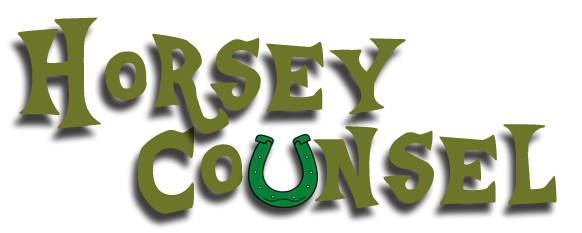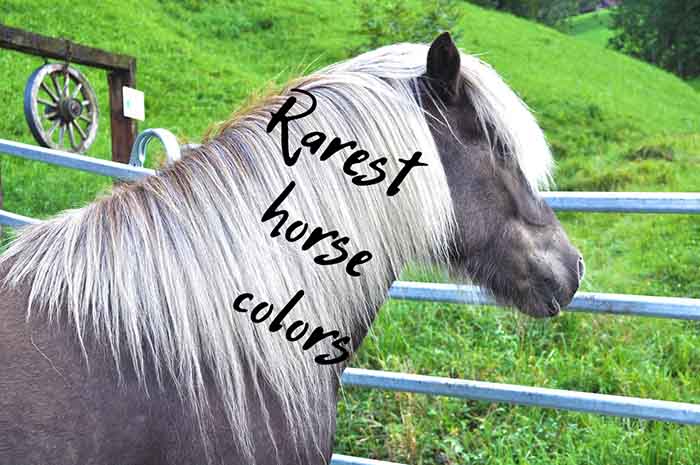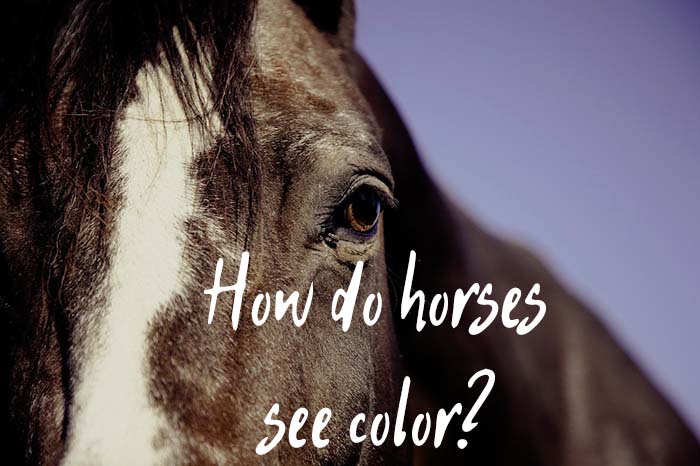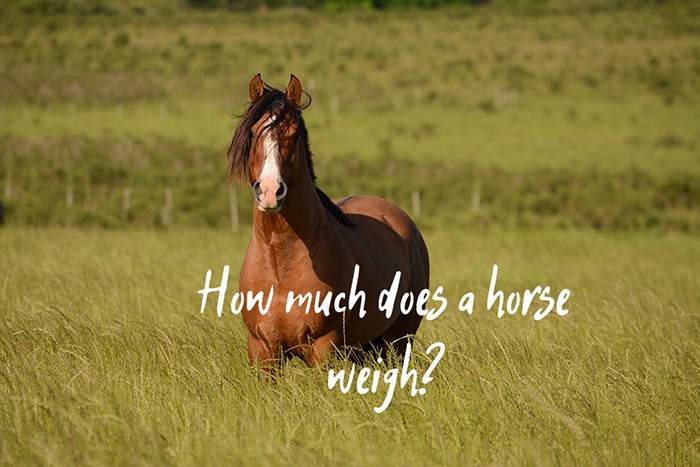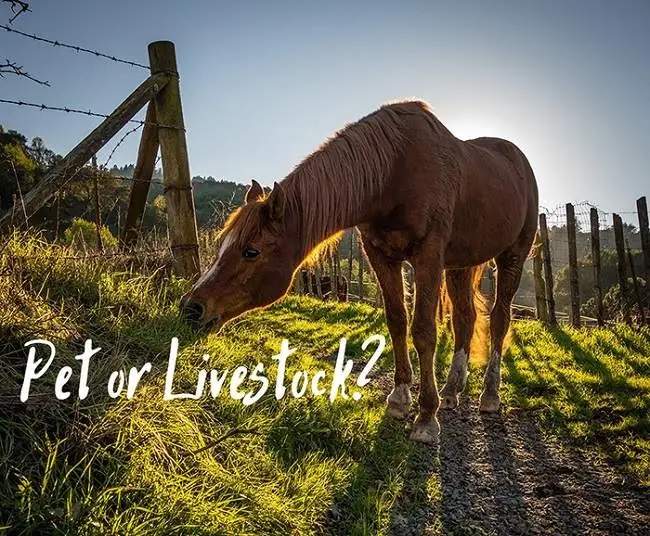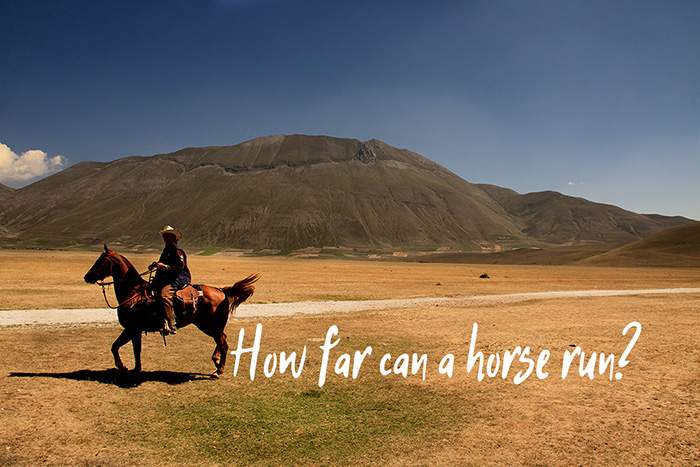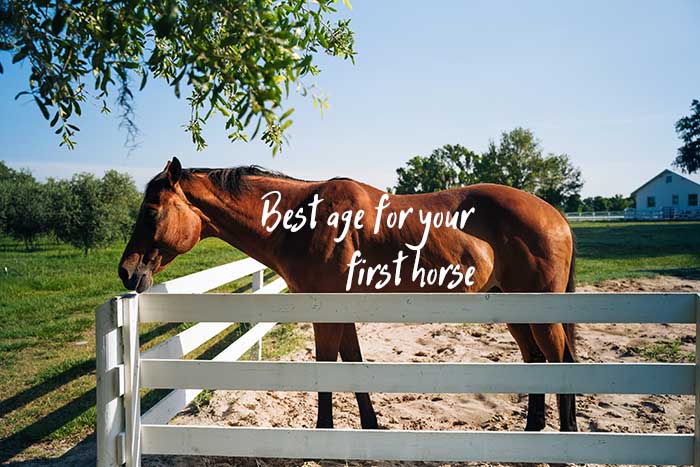How Dangerous Is Horse Nettle and How to Identify It?
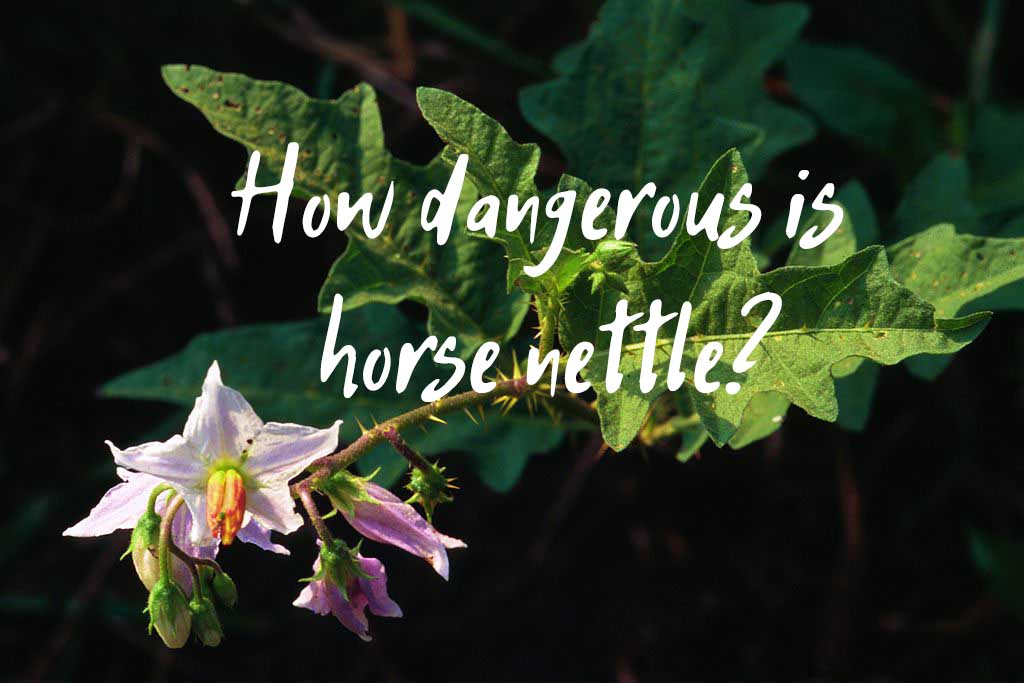
Horses can ingest a wide range of plants without experiencing any side effects, and some plants provide clear benefits for horses and other equines. However, there is one plant known to be harmful to horses above all others: horse nettle. How dangerous is horse nettle and how to spot it on your property? These are the questions that I plan to answer today.
Is horse nettle poisonous for horses? Also known as Solanum carolinense or the Carolina Horsenettle, this plant is a member of the nightshade family. Horse nettle is poisonous to horses if ingested in large quantities, such as a pound or more. The primary toxic element of the plant is solanine, a glycoalkaloid that affects the autonomic nervous system as well as oral and gastric mucosa.
While horse nettle is toxic for horses and other livestock such as sheep and goats, it does have some use in human medicine. This plant has been used in the treatment of epilepsy, as well as bronchitis and asthma.
What parts of the plant are poisonous?
Every single part of this plant is toxic to some degree. This includes its roots, stems, leaves, and berries. However, it’s worth noting that toxicity varies to some degree depending on the plant’s growing conditions. When it comes to its fruit, green, unripe berries are more toxic than ripe ones. Moreover, dried up horse nettle berries are less toxic than fresh ones.
What makes nettle so dangerous for horses is that it affects both the animal’s nervous system as well as its gastrointestinal tract. While it’s not deadly in all cases, ingesting horse nettle does come with some nasty symptoms, which I will endeavor to describe below.
How to tell if your horse has eaten horse nettle?
Some of the most obvious signs of nettle poisoning include loss of coordination, dilated pupils, and diarrhea. The horse might have severe abdominal pain, and it might also have some difficulty breathing. If you notice even two of these symptoms together, notify your veterinarian immediately and have him or her do a complete set of tests.
Other symptoms include drowsiness, loss of appetite, depression, weakness, and unconsciousness. In severe cases, horse nettle poisoning can lead to death, but only if the horse has eaten very much of it.
The next thing you can do is to check around your property and identify the plant yourself. Getting rid of it is a completely different topic, as it’s quite difficult to completely remove the plant from your grounds.
What does horse nettle look like?
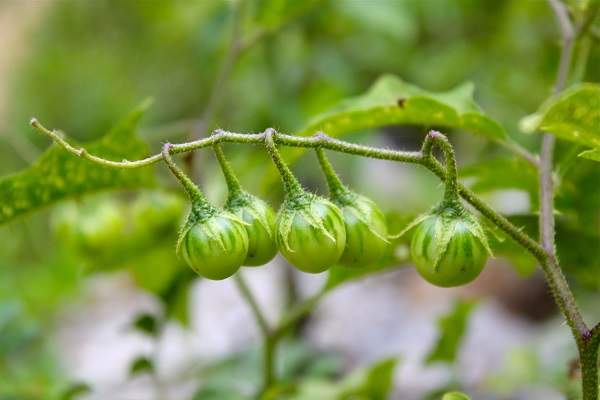
There are some things you can look out for when trying to identify this pesky plant. For instance, it can grow up to 3 feet tall, and its roots run deep with spreading rootstocks.
The leaves are green, usually oblong-shaped, and have wavy lobes on the sides. You should also look for some short yellow prickles on the petioles, lateral veins, and midveins. Crushing the leaves will give out a smell similar to a potato.
The flowers have five petals, and they are usually pale violet or white. They are star-shaped with a yellow core, and they bloom from May until September.
As for the fruit, they are small berries that start off green and turn to yellow as they age. When they die, they wrinkle up. Inside, you’ll find round and flat yellow seeds measuring 1/16 to 1/8 inches. The seeds are surrounded by a bad-smelling pulp.
How to remove this plant from your property?
Getting rid of horsenettle is not a walk in the park, unfortunately. That’s because this plant propagates from seeds but also relies on an extensive root system. This makes it difficult to eradicate completely. Most people will just mow them down before they produce seeds, but this won’t eliminate them completely. They can grow back eventually from small portions of their rhizomatous roots.
You could opt to get rid of them chemically. If you do, make sure to use specific herbicides on mature plants in late summer or fall. You need to allow the herbicides to enter the root system, which means that you shouldn’t mow down the plant for about two weeks after this treatment.
If you’d like to opt for a purely mechanical solution instead, be prepared to mow down the horsenettle every 30 days. if you’re just starting out, you should wait until the plant is in full bloom before the first mowing. That’s because the plant’s root reserves are at their lowest right after blooming. You can also weaken the root system by constantly cutting off the top growth during regular hay harvest.
Do horses like to eat horsenettle?
Horses will generally avoid eating horsenettle if they can help it. They don’t particularly like the taste, and the plant doesn’t have many nutritional properties when compared to hay or grass.
The only real danger of ingestion in large quantities is if the weed is left unchecked on the pasture and the horse doesn’t have a suitable alternative to eat. A few berries or a mouthful will not cause any serious side effects, but eating horsenettle and nothing else for a while is definitely dangerous.
Conclusion.
Horse nettle is a dangerous plant for horses, but since these animals don’t like its taste or smell, they generally avoid it. This means that livestock deaths caused by eating this weed are relatively rare. As a horse owner, it’s your responsibility to check your property for this particular plant and to eradicate it when possible.
Moreover, you should check your hay stock and make sure that it doesn’t include this or any other poisonous plants for horses. Sometimes, horses will find this plant in their regular hay rations and will eat it with everything else. In order to avoid this, always source your hay from reputable providers, and if you make it yourself, perform strict and regular quality checks for nettle.
